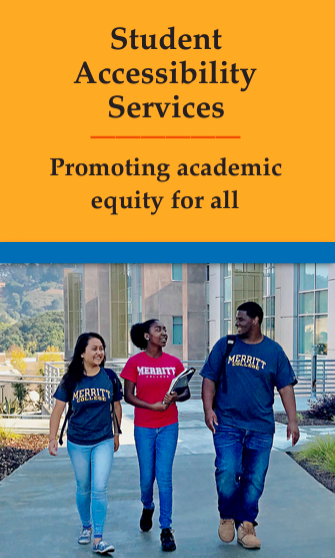Only a small minority of people are actually totally blind; most are considered “legally blind”. Even with correction, a legally blind person’s best eye sees less at 20 feet than a normal eye sees at 200 feet. Difficulties experienced by many individuals with visual impairments may include: recurring eye strain while reading, inability to read standardized print, inability to read poor quality print or certain colors of print, and sensitivity to bright light.
Students who have been blind since birth, or shortly after, have no visual memories. Their concept of objects, space, and distance may be different from those who became blind later in life. Mobility skills of individuals may vary also, depending on the age of onset of blindness and the quality and extent of mobility training and mobility talent. Some students who are blind will use Braille with competence, but many do not use it.
Most students with visual impairments can acquire information through listening. Some students who are blind are competent typists, but their written communication and spelling skills sometimes reflect their natural dependency on audio transmission of information.
Definition:
According to Title 5 regulations, visual impairment means total or partial loss of sight.
Suggestions:
- Treat the students with visual impairments very much like you would any other student. Use words like “see” without being self-conscious.
- If you are in a room alone with a blind person, explain what you are doing, such as shuffling papers. Tell him/her when someone comes in the room or when you leave the room.
- It is never impolite to ask if a student with a visual impairment needs or would like assistance.
- When using visual aids in the class, be as descriptive as possible. Words like “this” or “that” can be confusing.
- Make copies of overhead materials or diagrams so that the student can later ask an assistant to describe the information in detail to understand the material better.
- A student may use a Guide Dog. These dogs have been trained to guide people who are blind, to keep out of the way, and to be quiet. These working dogs should not be treated as pets and should not be petted while working.
- When relocation of a class is necessary, a note on the chalk or door is not adequate. It would be helpful to have a sighted student wait for the visually impaired student to arrive.
- “Talents” are often merely the development of latent mental resources or the result of great persistence. It can be frustrating after such hard work for others to refer to their sensory abilities as a “sixth sense” as it does not acknowledge the tremendous efforts expended.
Possible Accommodations
- Alternative testing (extended time, reader, scribe, distraction reduced setting, and/or computer)
- Note-taking assistance
- Textbooks on tape
- Academic support
- Reader services
- Enlarged or Braille printed materials
To arrange for an appointment with a DSP Counselor:
Download the Disability Verification Form.
• Fill it out.
• Call 510-436-2429 or drop by R-109 to make an appointment.
• Bring completed form(s) to your appointment.
• Bring supporting documentation on disabilities to your appointment.
Downloads:




